How to go about designing a gallery-type display and why you should never use adhesive hooks.
How to Hang Pictures Perfectly: 9 Common Mistakes to Avoid
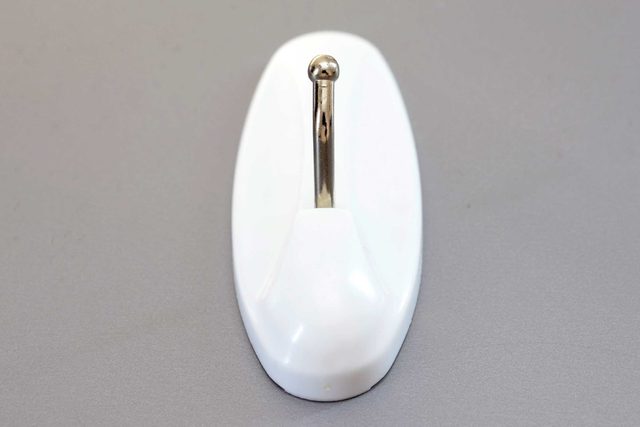
Using adhesive picture hooks
They’re not up to the job—particularly in humid spaces—and your artwork could end up on the floor. When removed, they often bring a strip of underlying paint or wallpaper with them.
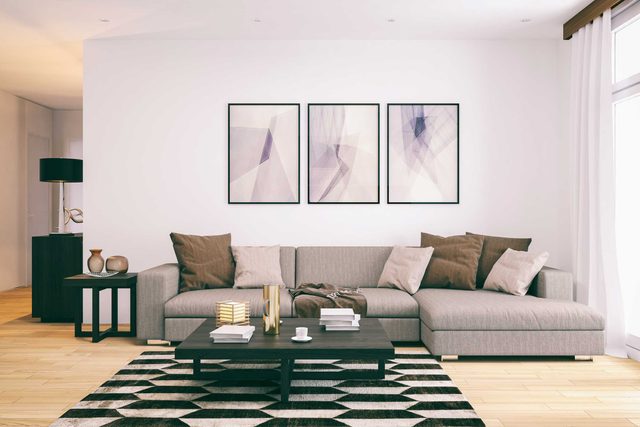
Hanging artwork randomly
Keep picture frames spatially related to and in proportion with a piece of furniture in the room. For example, hang a four-foot painting above a five-foot sofa. “The art has got to connect to something,” says Marissa Sauer, interior designer and founder of Design MACS. Random artwork can also make a room appear cluttered. These decorating mistakes make your home look messy.
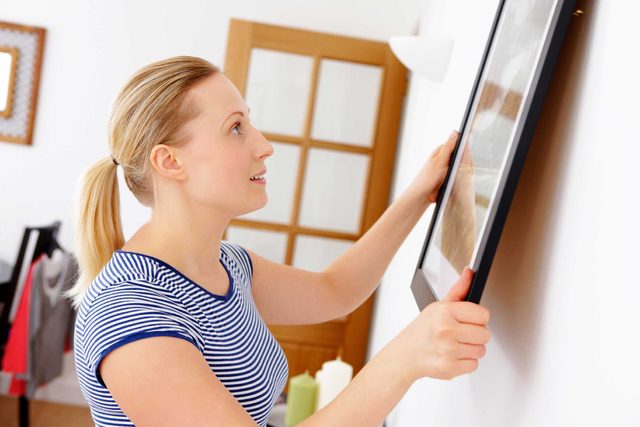
Forgetting to plan
Especially when hanging multiple pieces of art or organizing a gallery-type display, planning is a necessity. Sauer recommends rolling a large sheet of paper to the size of the space you’d like to fill with art. Place the sheet on the floor and shift your frames around on top until you find a setup you like. Trace each frame and mark where each individual nail will need to go. Tape the sheet to the wall, hammer all the nails in place, and tear down the paper. Hang the frames.
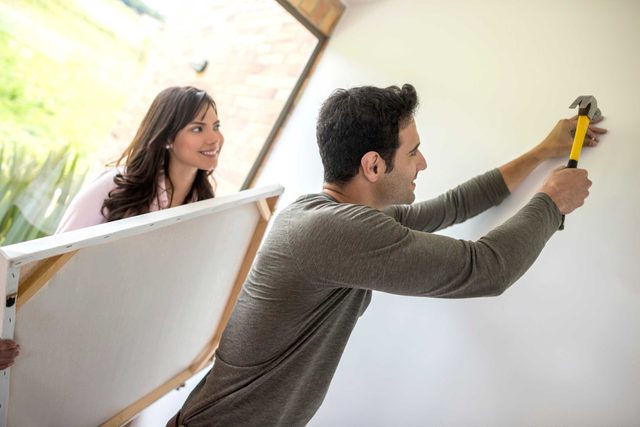
Using the wrong hook and cord
You can’t catch marlin with a hook and line designed for whiting, and pictures are no different. If you’re using a hook and cord that are the wrong weight for your picture, they won’t hold. If in doubt about what you should use, ask for advice at your local hardware store or picture framers.
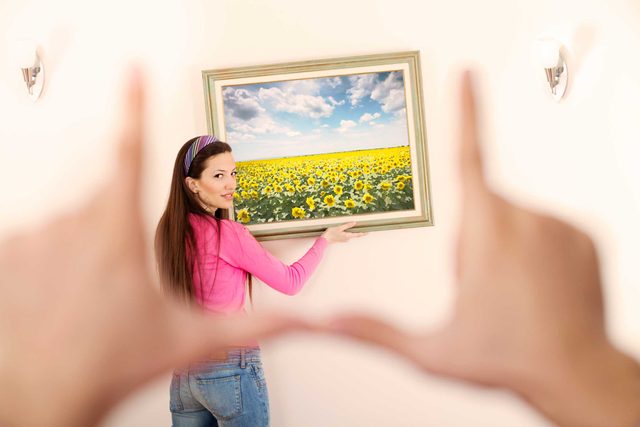
Allowing frames to become crooked
If certain frames in your home have a tendency to become crooked, Sauer recommends adhering a strip of Velcro to the bottom of the frame and to the wall. Problem solved!
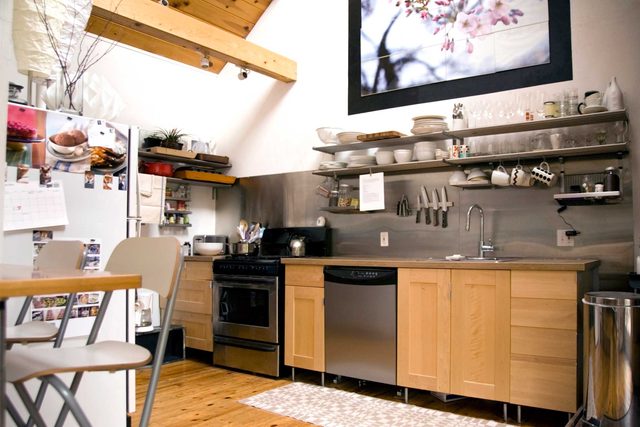
Hanging artwork in poor environments
Hanging pictures in areas where there are high or volatile temperatures will accelerate the ageing process of your pictures. Areas of high humidity, or extreme changes in humidity, such as kitchens or bathrooms, are also a no go. The same thing is true for your family collection of photo albums. Here’s how to preserve old photos.

Spacing frames awkwardly
The key here is to keep things proportionate. In order visitors’ eyes to rest comfortably on your walls, it’s important to leave a certain amount of white space between each frame. Keep around one and two inches between smaller frames and two or three inches between larger ones. Frames shouldn’t seem like they’re floating away from each other, but you also don’t want them to appear squeezed together.
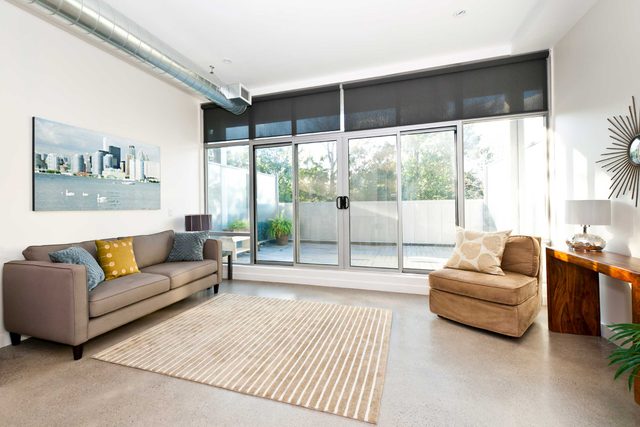
Hanging art in the sunroom
Hanging pictures where they will be exposed to bright sunlight for long periods of time will fade both paintings and photographs.

Hanging pictures flat against a wall
Put something small and flat (like a matchbox) behind your pictures. Flat-hanging frames can encourage mold growth. Here’s how to clean mold and mildew.


















